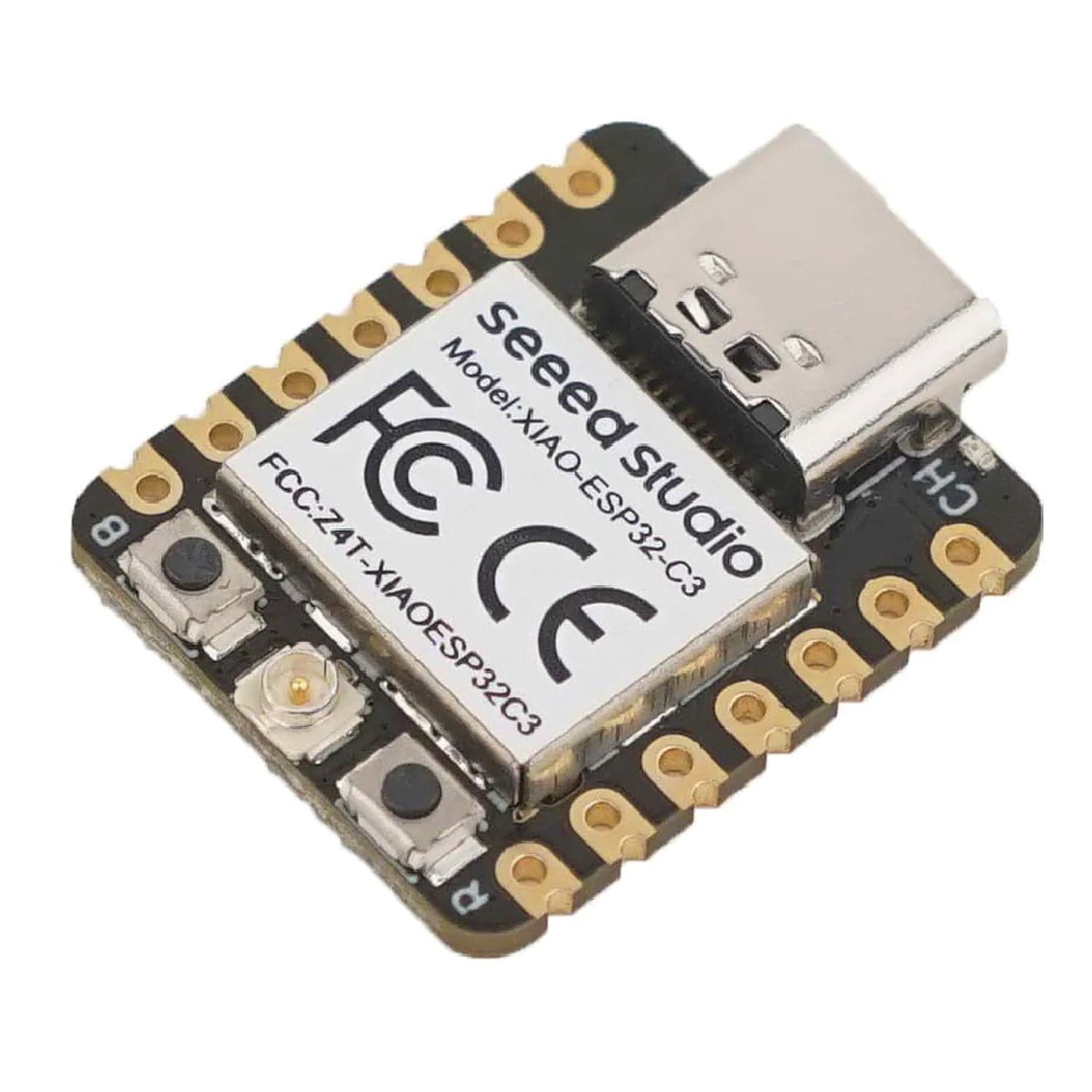I know verry little about electronics but I would like to learn about communicating to a remote hand-held device using you phone. What I need is to be pointed in the right direction. What do I need, component wise, on the hand-held device to receive the Bluetooth or WiFi signal from a phone app?
I've been playing around designing a PWM controller for supercapacitor powered aircraft. The controller just controls the speed of the motor and how long it runs. Right now both the speed and run time have to be set directly on the circuit. It would be nice if I could do that from my phone.
Thanks ahead of time for your help.
George
I've been playing around designing a PWM controller for supercapacitor powered aircraft. The controller just controls the speed of the motor and how long it runs. Right now both the speed and run time have to be set directly on the circuit. It would be nice if I could do that from my phone.
Thanks ahead of time for your help.
George


